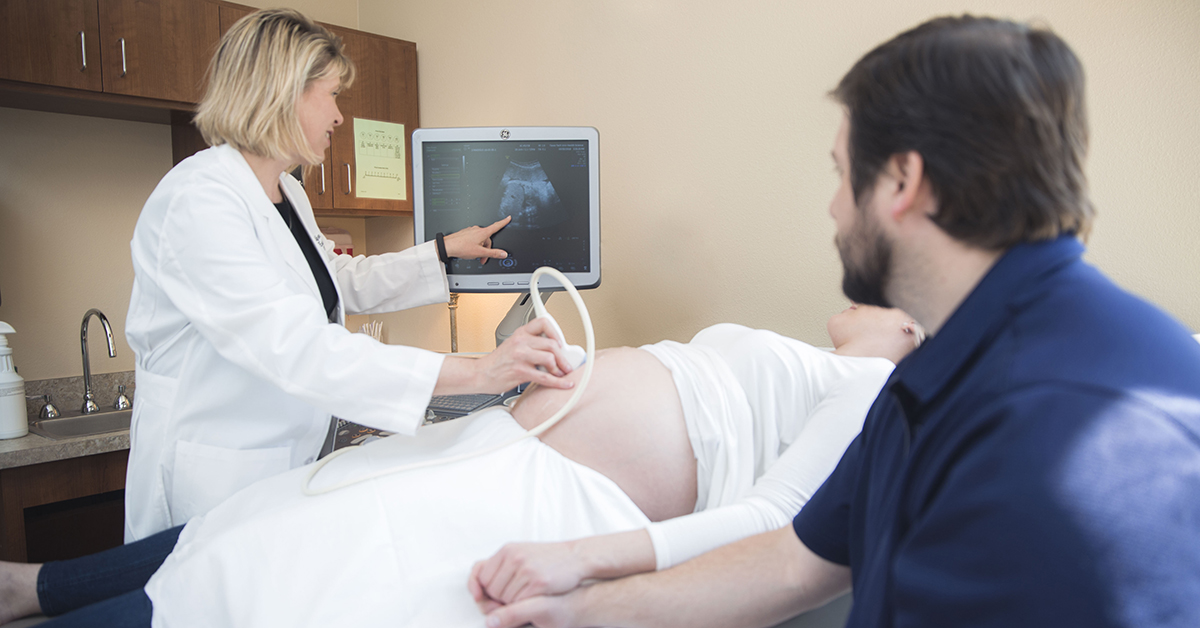Many treatments available to address infertility

Deciding to start a family is an exciting milestone for most couples. For many, becoming pregnant happens easily. However, one in seven couples requires medical treatment to achieve pregnancy, which includes 6.7 million women in the United States.
Infertility is normally defined as lack of conception after one year of unprotected intercourse. There are many causes of infertility. Reasons include problems with ovulation, fallopian tube blockage, endometriosis, poor egg quality or low sperm count.
Initial treatment often involves the use of medications or simple techniques to raise the chance of successful conception. If these simple treatments fail, or if the couple has a more serious cause of infertility such as very low sperm count or blocked fallopian tubes, more advanced fertility treatment is necessary.
The Centers for Disease Control maintains data for 464 fertility clinics practicing within the U.S. Assisted Reproductive Technologies include advanced treatments for infertility such as in vitro fertilization. Preliminary data from the CDC’s National ART Surveillance System shows that 231,936 IVF cycles were performed in the U.S. in 2015. Today, approximately 1.6 percent of all infants born in the U.S. are conceived using IVF.
Traditionally, IVF is expensive and is not always successful. The fertility specialist’s goal in treatment is to have the highest chance of successful pregnancy with the lowest chance of multiple births (birth of two or more infants at once). In the past, this prompted the transfer of more than one embryo at a time to raise the chance of pregnancy. However, this often resulted in a high number of multiple births such as twins or triplets. Although improvements in obstetrical care and neonatal intensive care units have greatly improved survival of preterm infants and multiple births, the risks associated with multiple births are still very concerning both for the mother and babies.
Advances in reproductive technology and improved genetic screening methods have led to increased opportunities for couples to achieve a healthy pregnancy with one baby at a time. Pre-implantation genetic screening allows a couple to know which embryos have the correct number of chromosomes and, therefore, have the best chance of developing into a healthy baby.
Aneuploid embryos or embryos with an incorrect number of chromosomes will likely not implant even if they appear normal on the outside. Pre-implantation diagnosis can also be used to identify many life-threatening inherited genetic diseases that run in families.
This testing is performed on blastocyst-staged embryos. These embryos typically have 150-200 cells. They develop along two distinct lines: one develops into the fetus; the other, the placenta. Five to eight cells from the placental line are removed for analysis. The testing does not change the genetics of the embryo. It simply allows one to know if the basic genetics of the embryo are normal or not. This can reduce the disappointment of transferring an embryo that looks normal on the outside but is genetically unhealthy on the inside causing it not to survive. Likewise, it gives the greatest chance of one healthy baby at a time for couples undergoing IVF.
While genetic testing and IVF are not ideal for every family, the ability to have one healthy baby at a time is a dream come true for many couples who have faced years of infertility and previous failed treatments.
According to the CDC. April 24-30 is National Infertility Awareness Week. National Infertility Awareness Week is a movement that began in 1989 with a goal of raising awareness about infertility and to encourage the public to understand their reproductive health. It is now a federally recognized health observance by the Department of Health and Human Services.
More information can be found on the Centers for Disease Control and Prevention website at www.cdc.gov/nchs/fastats/infertility.
JENNIFER PHY, D.O., is a physician at the Texas Tech Physicians Center for Fertility & Reproductive Surgery and an associate professor at the Texas Tech Health Sciences Center department of OB/GYN.
Related Stories
Celebrating Veterans: TTUHSC’s General Martin Clay’s Legacy of Service and Leadership
From his initial enlistment in the Army National Guard 36 years ago to his leadership in military and civilian health care management roles, Major General Martin Clay’s career has been shaped by adaptability, mission focus and service to others.
Texas Tech University Health Sciences Center School of Nursing Named Best Accelerated Bachelor of Science in Nursing Program in Texas
The TTUHSC School of Nursing Accelerated Bachelor of Science in Nursing (BSN) program has been ranked the No. 1 accelerated nursing program in Texas by RegisteredNursing.org.
TTUHSC Names New Regional Dean for the School of Nursing
Louise Rice, DNP, RN, has been named regional dean of the TTUHSC School of Nursing on the Amarillo campus.
Recent Stories
TTUHSC Cancer Researcher Honored by National Academy of Inventors
C. Patrick Reynolds, M.D., Ph.D., director of the School of Medicine Pediatric Cancer Research Center at TTUHSC, has dedicated his life as a researcher to developing treatments for childhood cancers.
TTUHSC School of Nursing Celebrates 10 Years of the Veteran to BSN Program
The TTUHSC School of Nursing recognized the 10-year anniversary of the Veteran to Bachelor of Science in Nursing (VBSN) program during the fall 2025 commencement ceremonies held Dec. 13 in Lubbock, Texas.
TTUHSC Dean to be Inducted into the National Academies of Practice as Distinguished Fellow
Gerard E. Carrino, Ph.D., MPH, dean of the TTUHSC Julia Jones Matthews School of Population and Public Health, will be inducted into the National Academies of Practice (NAP) as a Distinguished Fellow of the Public Health Academy.
